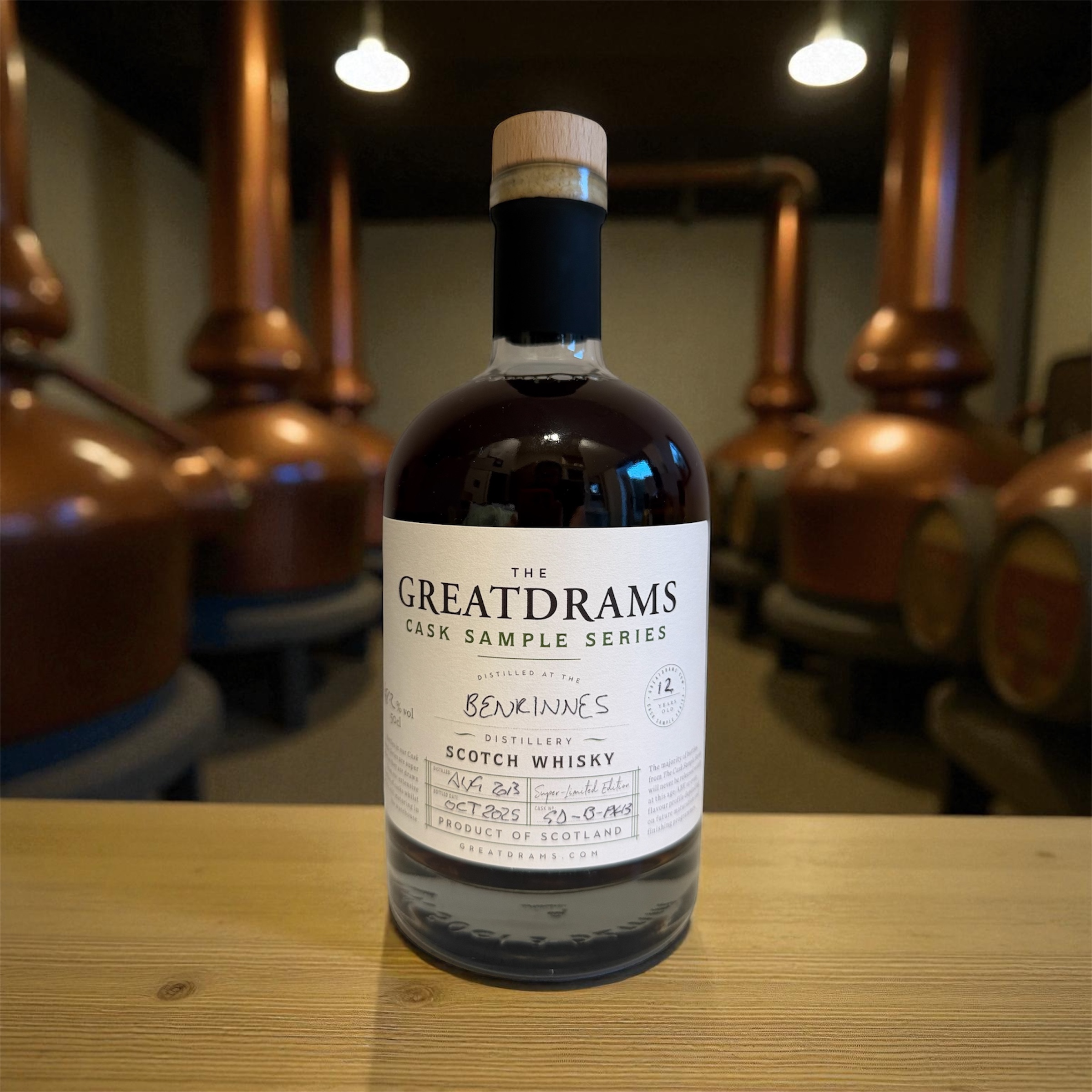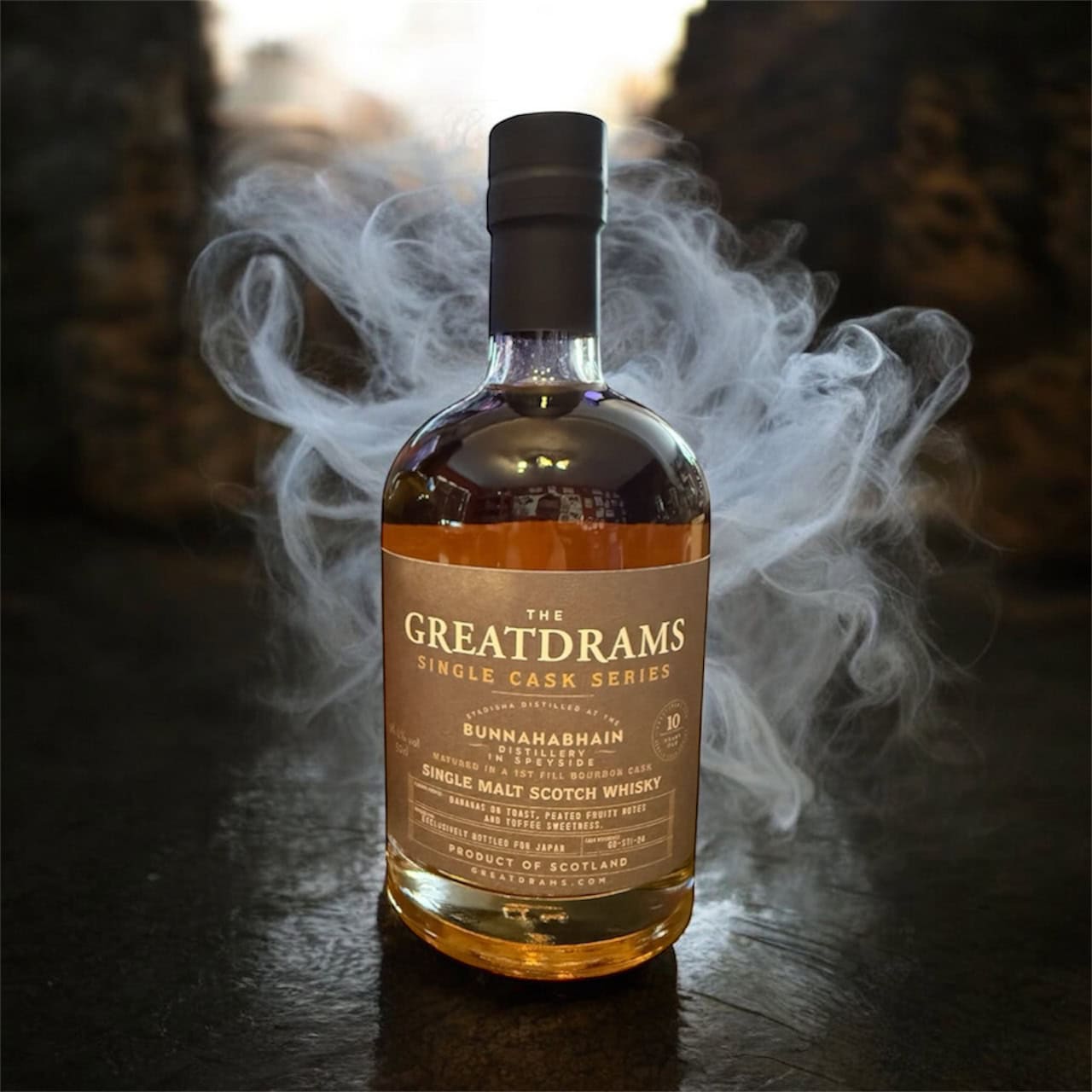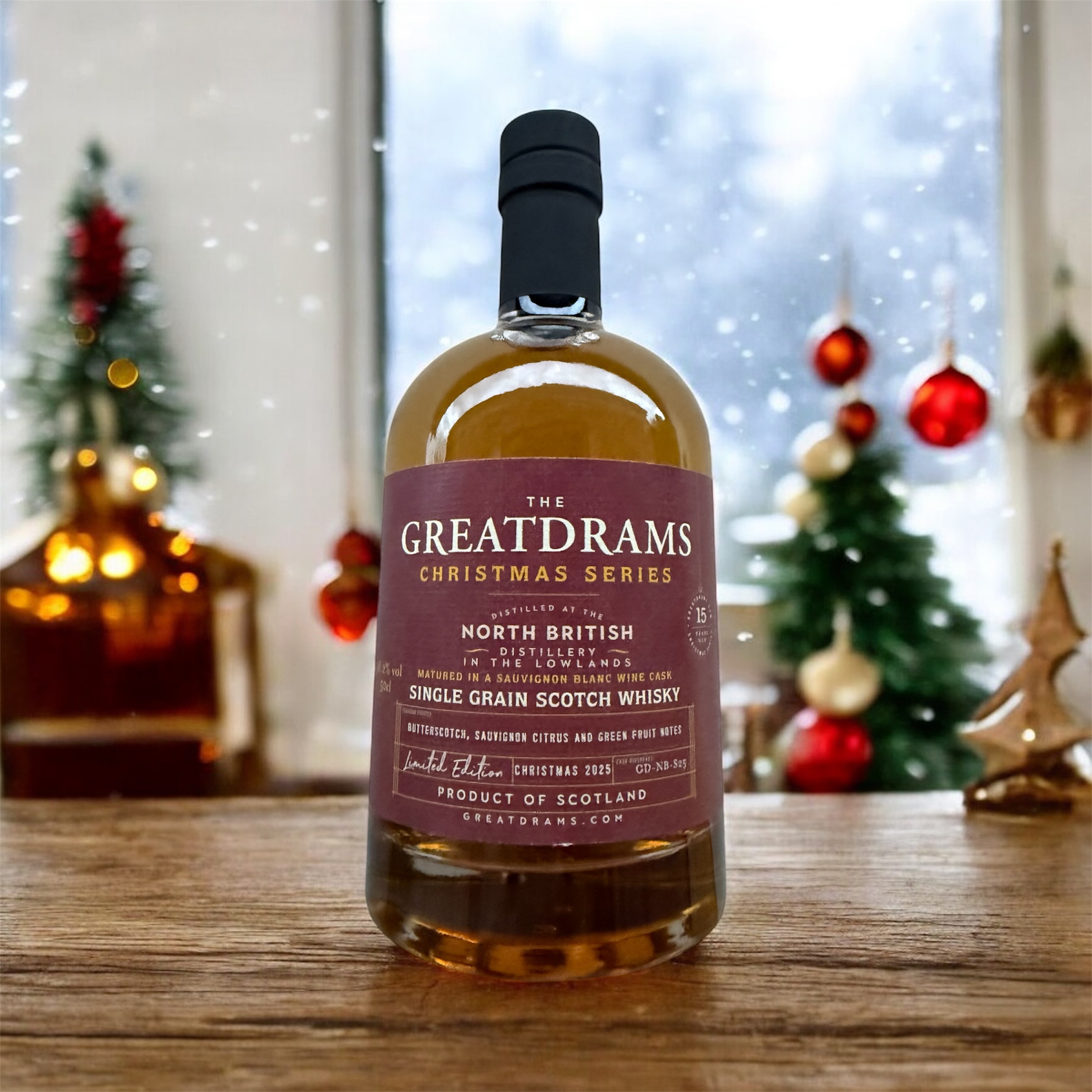Whisky and Sherry – The Perfect Marriage
Some things in life just work better together and are meant to be. Fish and chips, salt and pepper, Ant and Dec, well, you get my point. Another marriage seemingly made in heaven, and one which shouldn’t work but absolutely does, is Scotch and sherry.
Now, when I talk about Scotch and sherry, I don’t mean you should pour yourself a dram of whisky and top it up with half a glass of sherry because that would probably be vile. What I’m talking about is the use of sherry casks (also known as butts) for both aging and finishing Scotch whisky.
For many years now, sherry casks have played an integral role in the finishing of some of the world’s finest whiskies, and I want to help you know exactly why that is. That’s why today, I’m going to be talking to you about Scotch and sherry and why sherry casks have helped to produce some of the finest whisky in history.
A Brief History of Whisky and Sherry Casks
Nowadays when it comes to aging whisky, it is typically ex-bourbon barrels that are used, made from American oak. There are a number of reasons for why this is, though originally, like most things in life, it came down to cost.
You see, in America, by law, bourbon had to be aged in virgin oak casks. This meant that the oak had to be brand new. Once the whisky had been aged and the casks had done their job, that was it, they needed to be disposed of. Rather than burning them or turning them into firewood, the distilleries would sell them to other whisky makers across the world, with different laws and regulations.
In Scotland for example, there was nothing stating that wooden casks couldn’t be re-used, even if they previously held a different liquid inside. Scottish distilleries would purchase the ex-bourbon American oak casks for very affordable prices, so ex-bourbon American oak casks became the norm. This wasn’t always the case.
From around the 16th century, sherry was one of the most popular beverages in the UK. The sherry would be imported from Spain in large sherry casks, or butts, as they were known. Typically made from European oak, which was readily available, it was cheaper for Spain to simply make new barrels instead of having the old ones shipped back to them once the sherry had been bottled. This meant that the UK had a glut of ex-sherry casks which were perfect for Scotch whisky distilleries.
As the centuries passed by, sherry casks were very commonly used for storing whisky, and it just so happened that the whisky would take on an amazing flavour in the process. This was the case up until the 1970s when the Spanish began bottling sherry in Spain.
By 1986, it was a legal requirement for sherry to be bottled in Spain so even fewer casks made their way over to the UK. The final nail in the coffin came when the Spanish began fermenting their sherry in stainless steel barrels instead. To help fill the gap, many of the distilleries in the UK began using American oak ex-bourbon barrels instead.
Sherry Seasoning
Some distilleries however, believed that the sherry notes were key to their signature blends and so they were determined to use sherry casks.
Now, you’d think that they’d simply be able to pay the Spanish sherry producers (bodegas) for the old casks they didn’t want but unfortunately that wasn’t the case. The Spanish would often blend different sherries together so casks would never run empty. Some would contain sherry that was over a century old. They would only get rid of the barrels when they’d rot or simply fell apart.
So, where did this leave the Scotch whisky distillers desperate for those much-loved sherry notes in their whisky? Well, this is where the concept of ‘sherry seasoning’ came about. Here, typically European oak barrels would be filled with sherry and left in a warehouse to season for 18 months. During this time the sherry would penetrate the wood and impart all of its wonderful flavour. Once done, the sherry would either be bottled, fortified into brandy, or even used as vinegar and the casks could be used for aging or finishing whisky.
This process proved to be fairly economical, and it meant that the distilleries had access to a plentiful supply of sherry casks. Of course, different sherry casks could be sourced, some Spanish sherry producers would sell them, and some would be seasoned for longer to impart more sherry notes.
Why Sherry and Scotch Just Seem to Work
Sherry is a fortified wine which is primarily made from white Palomino grapes near the city of Jerez de la Frontera in Spain. It comes in a variety of different styles though primarily you have the smoother and sweeter PX (Pedro Ximenez) and Cream sherry, and Oloroso sherry, which is darker, richer, and more complex.
Now, on paper, sherry and whisky couldn’t be any more different. Not only are they made from completely different things, but they’re also produced in very different environments. The Scottish climate for example, is certainly not comparable to that of Spain. Despite this, the flavours, notes, aromas, and profiles of these two drinks seem to compliment each other wonderfully.
The European oak used in the casks for example, especially Spanish oak, is softer and more porous and helps the sherry notes to penetrate deeper into the cask. Once the whisky is added the open grain again allows the whisky to soak deeper into the wood where it picks up those tell-tale sherry flavours and profiles. This helps give the whisky body, draws out complex, rich, and intricate flavours and gives it a wonderful dark amber colour as well.
Sherry cask-finished whisky tends to have a lot of sherry notes such as raisins, dates, sultanas, nuts, dark chocolate, and vanilla oak. These work wonderfully with most flavours you get from whisky, like fruit, vanilla, oak, toffee, honey, and caramel. Combine these together, and it’s no wonder why sherry cask-finished whisky is so incredibly popular.
If you’d like to learn more about your favourite whiskies, or simply treat yourself to a dram or two in the process, head on over to GreatDrams.com and take a look at what we have to offer.
With an impressive selection of limited-edition, rare, and award-winning whisky, as well as heaps of whisky info on our blog, it’s the perfect spot for any whisky lovers out there.
Photo by Frames For Your Heart on Unsplash














